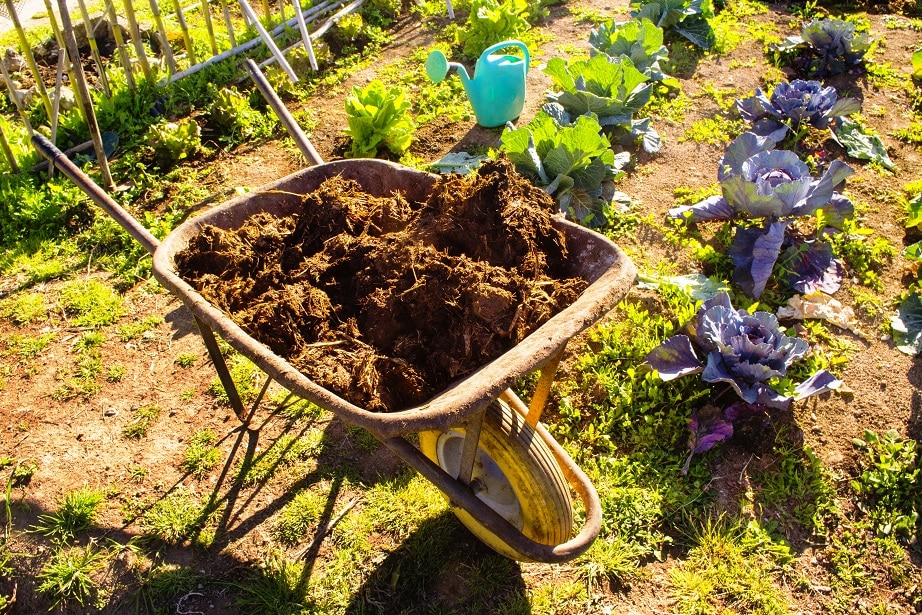
What does eco-farming mean?
Eco-farming is all about being Earth-friendly throughout the entire food production process, with sustainable solutions for every step in the production and distribution of food — from maintaining soil quality to sustainable transportation practices.
This approach to farming considers the interrelationships between the environment, society, and economy. It’s a shift from focusing exclusively on optimizing crop yields towards enhancing soil health and promoting biodiversity while producing food.
The main goal is to balance the economic aspects of farming with environmentally friendly practices to create a habitat where productive crop yields don’t harm the environment.
So, what does this mean for farmers? Eco-farming relies on renewable resources and encourages crop rotation, intercropping, conservation tillage, integrated pest management, and using natural fertilizers.
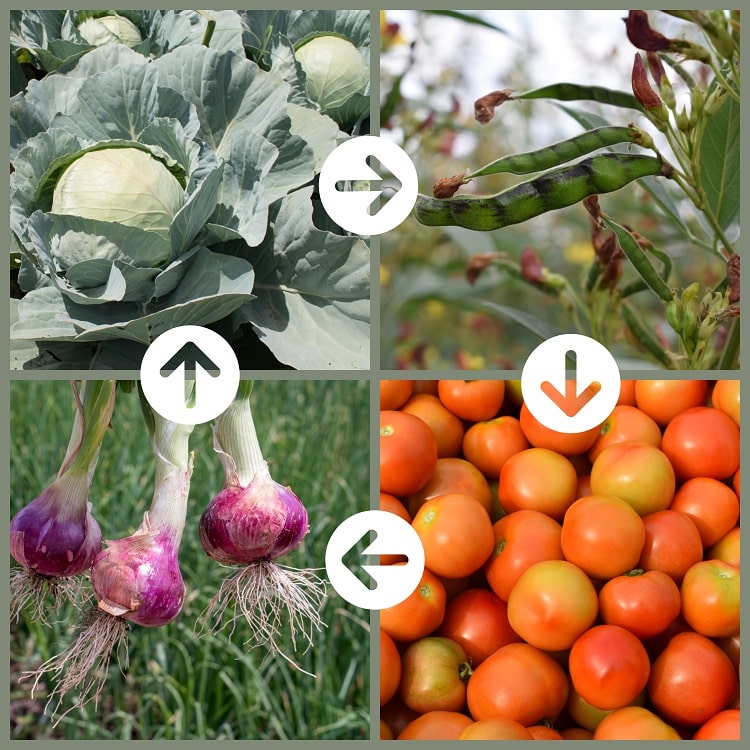
Main benefits of eco-farming
Eco-farming is a win-win situation for farmers and the environment:
- It significantly reduces the use of synthetic fertilizers and pesticides, directly impacting our health — more nutrient-rich crops are better for human consumption, which can improve public health.
- Sustainable farming practices improve soil health by increasing soil organic matter and reducing erosion, leading to healthier plants and higher crop yields.
- The techniques used in eco-farming promote biodiversity and create sustainable ecosystems that protect wildlife and its habitats.
- With a minimum need for synthetic inputs, eco-farming reduces a farm’s costs and increases the overall efficiency of farming operations.
- Some eco-farming practices play a crucial role in carbon sequestration in soil and vegetation, reducing greenhouse gas emissions and mitigating climate change.
Difference between eco-farming and organic farming
There is some overlap between eco-farming and organic farming, but we can also note several key differences.
Organic farming is about growing healthy food through natural methods — meaning no synthetic fertilizers, pesticides, or GMOs. The practices associated with this type of farming follow specific guidelines for environmental sustainability and animal welfare.
Eco-farming takes the concept further by looking at the bigger picture to create an autonomous system that works harmoniously with the environment. It considers energy use, packaging, social aspects, and fair trade for a holistic approach to farming that wants to minimize the environmental impact while promoting sustainable food production.
5 fundamental concepts of eco-farming
- Biodiversity
Eco-friendly farming understands, respects, and supports plant and animal species diversity within every agricultural system. Farmers are aware of the impact of beneficial insects and pollinators, natural enemies of pests, and soil microorganisms on their crops and create an environment where everyone can thrive.
Farmers use crop rotation, intercropping, agroforestry, and cover crops to achieve this goal. These techniques enhance the ecosystem, ensure nutrient cycling and natural pest control, and counter environmental issues like droughts or pest outbreaks.
- Soil health
This central concept considers the soil’s physical, chemical, and biological properties, as healthy soil is at the core of sustainable agriculture. The earth can only support plant growth with the proper nutrients, microorganisms, and water content.
All eco-farming practices contribute to improving soil health:
- Cover cropping, crop rotations, and using organic compost instead of synthetic fertilizers are all meant to increase and enhance the organic matter in the soil and provide a suitable habitat for microorganisms.
- Reduced tillage, intercropping, and agroforestry, on the other hand, promote soil aggregation and reduce erosion for improved soil structure over time.

- Resilience
Environmentally friendly farming uses techniques that support balance to provide ecosystems with everything they need to counter environmental conditions and risks. This way, farmers can minimize the impact of crop failures or pests on overall yields.
Biodiversity is also the most effective method for preventing pests and diseases.
Maintaining crop varieties and genetic diversity also enhances resilience, ensuring crops have the genetic resources necessary to adapt to changing environmental conditions. This is becoming increasingly important with climate change and its effects on weather patterns.
- Ecological interactions
Eco-farming practices consider the natural relationships and interactions that need to occur between different living organisms in an ecosystem, as well as between these organisms and their surrounding environment. Environmentally friendly farming creates the diverse habitats and food sources all organisms in an ecosystem need to thrive. In return, these organisms support agricultural efforts and enhance crop yields, food quality, and soil health.
When considering ecological interactions as a critical component of eco-farming, farmers create sustainable and resilient agricultural systems that provide ecosystem services and support human well-being.
- Community empowerment
Community empowerment refers to involving local communities in designing, implementing, and managing eco-friendly agricultural systems. This practice contributes to building social capital and promotes equity. Plus, it’s crucial to promoting sustainable development and supporting the livelihoods of rural communities.
By empowering local communities and involving them in decision-making processes, eco-farming becomes a pillar component of sustainable use and conservation of natural resources, so they better support community livelihoods and well-being.
The role of eco-farming in the industry
The importance of eco-farming is growing worldwide, but more is needed to obtain accurate data on how much food is obtained through these practices today. In 2018, estimations said that almost one-third of the world’s farms adopted at least some environmentally friendly farming practices.
As the global population and the need for eco-farming grow hand in hand — the more people farmers need to feed, the higher the need to shift to sustainable practices to ensure we preserve the resources we need to keep producing more food.
Eco-friendly farming considers local conditions and adapts management practices accordingly to maintain the health of the entire agroecosystem, which includes the soil, vegetation, soil fauna, and the local populations who need to preserve resources and secure long-term food production.
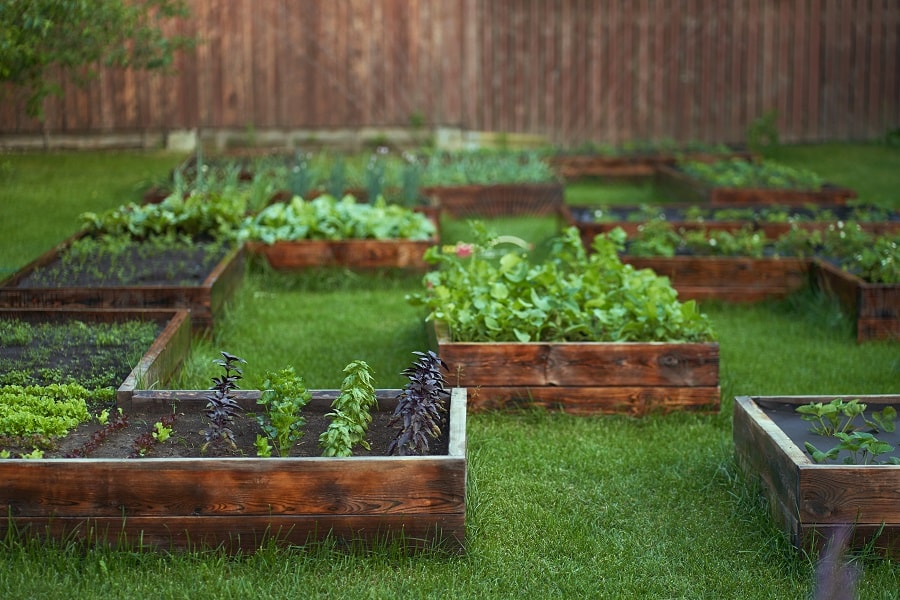
In summary, organic farming is a comprehensive approach to managing agricultural systems that emphasizes the importance of soil health, biodiversity, and ecological interactions. By promoting sustainable and resilient agricultural practices, organic farming can support food security and poverty reduction, making it an essential tool for sustainable development.
Case study: Successful eco-farming project
On the outskirts of the Baru Volcano in Boquete, Panama, the Lamastus family has been producing some of the finest coffee in the world for four generations. The family has three farms in the area and is very conscious of their extraordinary surroundings, being committed to protecting the area.
The Lamastus family grows coffee without insecticides or herbicides to keep their estates as free from chemicals as possible. The family’s commitment to eco-friendly farming has enabled them to produce, process, export, and roast their rare estate coffee.
Their coffee is considered among the best in the world and is a testament to the effectiveness of eco-agriculture in promoting food security, rural development, and fighting poverty.
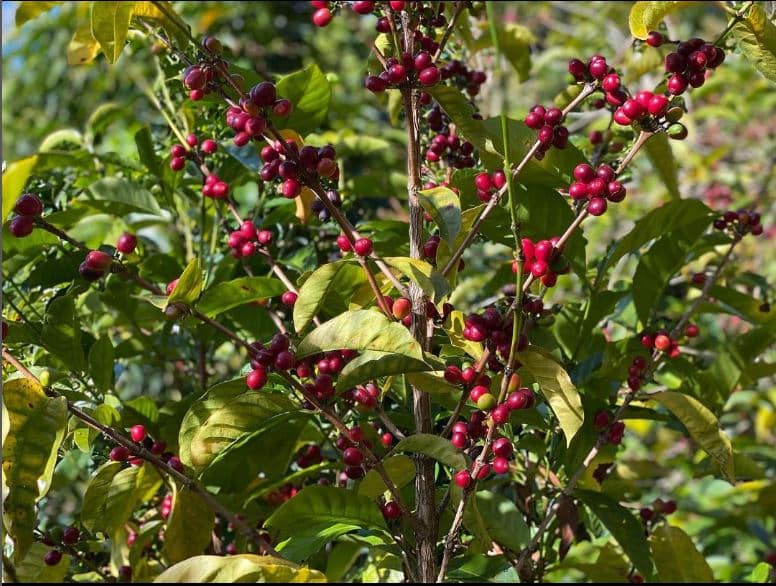

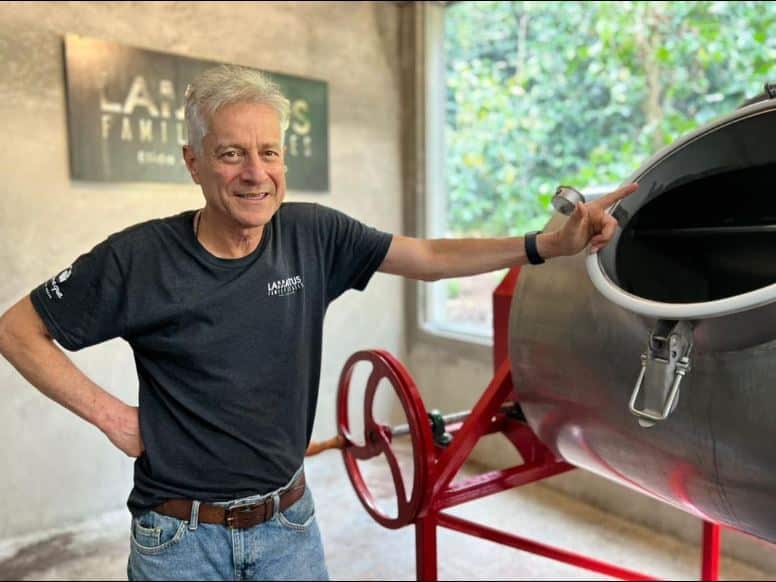
HomeBiogas solutions for eco-farming
HomeBiogas offers innovative and sustainable solutions that can benefit eco-farming practices. The HomeBiogas systems allow farmers to convert their organic waste into biogas and fertilizer. This way, they can power their farms through green energy to reduce their reliance on fossil fuels.
By using a HomeBiogas system, farmers can lower their carbon footprint and minimize waste disposal costs. The biomass coming from agricultural activities is recycled to produce energy through a natural process called anaerobic digestion. The system is easy to install and maintain, making it a practical and cost-effective solution for anyone interested in sustainable farming practices.
Eco-friendly waste management and relying on clean, renewable energy align with the fundamental eco-farming concepts. HomeBiogas products help farmers improve soil health with natural fertilizer made from organic waste. This process provides green energy, reduces methane emissions, and keeps garbage from ending in landfills and impacting local ecosystems.
Final thoughts
Many of these practices used in eco-farming have been used for centuries by indigenous and local communities to grow food in harmony with nature. Thanks to new technology, we can adapt those practices to create a holistic and integrated framework for agriculture that supports long-term sustainability.
Practices such as agroforestry, crop rotations, natural pest management, and organic fertilizers significantly reduce the need for chemical inputs and mitigate the negative impacts of conventional agriculture on soil, water, and biodiversity. This change directly impacts the planet, the communities that live around farms, and the consumers. Everybody wins.






